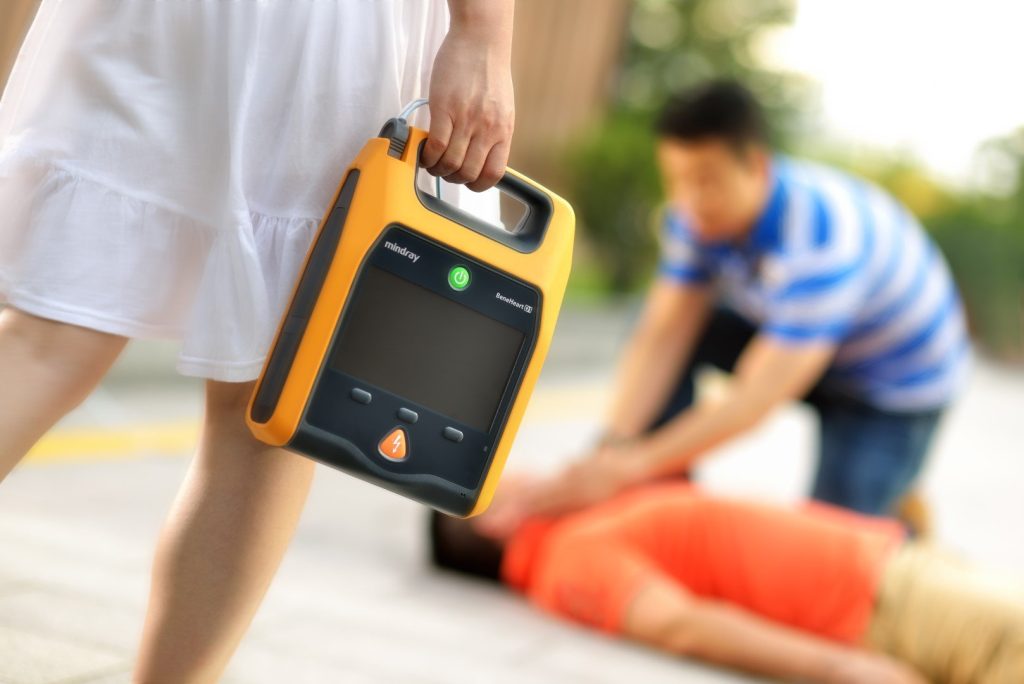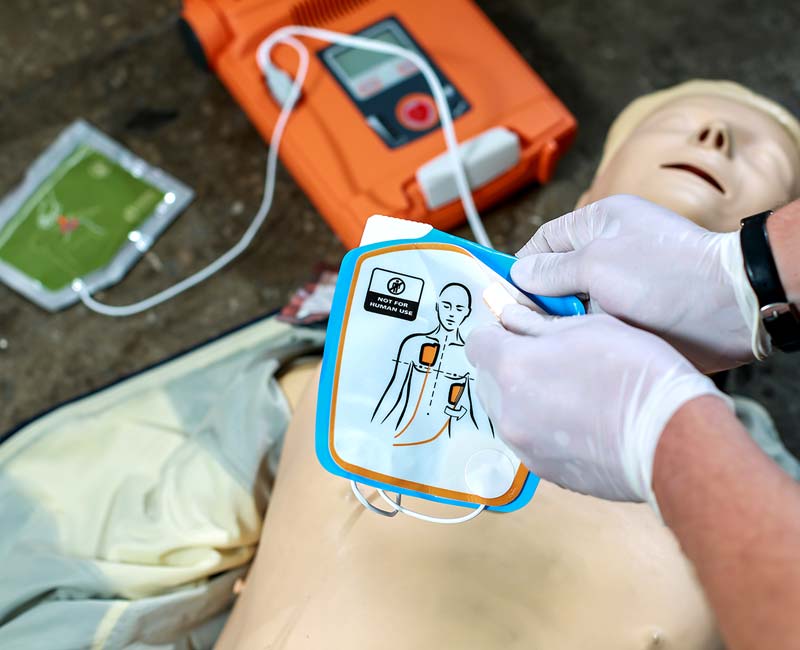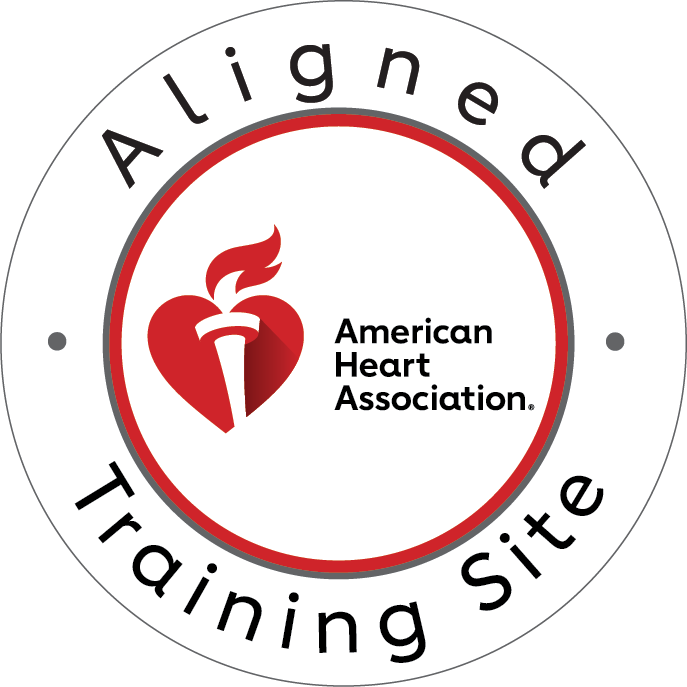In emergencies, every second counts, and having the skills to provide immediate care can mean the difference between life and death. Cardiopulmonary Resuscitation (CPR) and First Aid are essential skills that empower individuals to respond effectively to emergencies, ensuring that help is given before professional medical assistance arrives. As medical guidelines evolve, staying updated with the latest techniques in CPR and First Aid is crucial for anyone looking to be prepared for such situations.
One of the premier training sites dedicated to this mission is CPR Classes Tampa. As an American Heart Association training site, CPR Classes Tampa offers comprehensive courses designed to equip individuals with the knowledge and hands-on experience needed for lifesaving interventions. Whether you’re seeking initial certification or need to renew your skills, their stress-free and practical approach to training makes it accessible and effective for everyone. Recognized as the best CPR training in Tampa, they offer a range of courses including Basic Life Support (BLS) for Healthcare Providers, Advanced Cardiovascular Life Support (ACLS), Pediatric Advanced Life Support (PALS), and general CPR and First Aid courses.
Importance of CPR and First Aid Training
CPR and First Aid are not just skills for healthcare professionals; they are essential for anyone who wants to be prepared to handle emergencies. CPR, or Cardiopulmonary Resuscitation, is a critical procedure that can save lives by maintaining blood flow to the brain and heart in cases of cardiac arrest. According to the American Heart Association, immediate CPR can double or even triple a victim’s chance of survival.
First Aid, on the other hand, encompasses a wide range of emergency care, from treating minor injuries like cuts and bruises to more serious conditions such as fractures, burns, and allergic reactions. The ability to provide First Aid can stabilize a patient and prevent conditions from worsening before professional help arrives.
Statistics highlight the impact of timely and effective CPR and First Aid. Sudden cardiac arrest is a leading cause of death globally, with approximately 350,000 cases occurring outside of hospitals annually in the United States alone. Immediate bystander CPR can significantly improve outcomes, yet only about 46% of cardiac arrest victims receive such assistance before professional help arrives. These numbers underscore the critical need for widespread CPR and First Aid training.
Overview of CPR Classes in Tampa
CPR Classes Tampa stands out as a leading provider of lifesaving training in the Tampa area. As an official American Heart Association training site, they are dedicated to delivering top-notch education and practical skills in emergency care. Their course offerings are diverse, catering to various needs and professional requirements.
The Basic Life Support (BLS) for Healthcare Providers course is designed for medical professionals who need to perform CPR and other basic cardiovascular life support skills in both in-facility and prehospital settings. The Advanced Cardiovascular Life Support (ACLS) course takes this a step further, offering advanced skills for managing patients experiencing cardiovascular emergencies, such as heart attacks and strokes.
For those working with children, the Pediatric Advanced Life Support (PALS) course provides essential training for responding to pediatric emergencies. Finally, CPR and First Aid courses are available for the general public, ensuring that everyone has the opportunity to learn these vital skills.
All classes at CPR Classes Tampa are designed to be stress-free and hands-on, ensuring that participants not only learn but also practice the skills needed to act confidently in an emergency. Whether you are a healthcare provider or a concerned citizen, CPR Classes Tampa offers the training you need to be prepared and make a difference when it matters most.
New CPR Techniques
Staying updated with the latest CPR techniques is crucial for ensuring the highest chance of survival in emergencies. Medical guidelines are constantly evolving based on new research and clinical evidence. Here are some of the key updates in CPR techniques:
Changes in Chest Compression Depth and Rate: Recent guidelines emphasize the importance of high-quality chest compressions. The recommended depth for adult chest compressions is now at least 2 inches (5 cm) but not more than 2.4 inches (6 cm). The rate should be 100 to 120 compressions per minute. Ensuring the correct depth and rate can significantly improve blood circulation and increase the likelihood of survival.
Updated Guidelines on Rescue Breaths: While hands-on CPR is recommended for untrained bystanders or situations where rescue breaths are not feasible, traditional CPR with rescue breaths remains the standard for trained individuals. The recommended ratio is 30 compressions to 2 breaths for adults, children, and infants. Recent updates also stress minimizing interruptions to chest compressions when delivering breaths.
Use of Technology and Apps in CPR Training: Technological advancements have made it easier to learn and perform CPR. Mobile apps, such as the American Heart Association’s CPR app, provide step-by-step guidance during an emergency. Additionally, some apps offer real-time feedback on compression depth and rate, helping users perform more effective CPR.
Automated External Defibrillators (AEDs): AEDs have become more user-friendly and accessible. Newer models provide clear audio and visual instructions, making it easier for laypersons to use them correctly. Training now often includes practice with AED simulators to ensure familiarity and confidence in their use.
Advanced First Aid Techniques
First Aid is a rapidly advancing field, with new techniques and protocols continually being developed to improve patient outcomes. Here are some of the latest advancements in First Aid:
Advanced Bleeding Control Methods: Controlling severe bleeding quickly is critical. New techniques include the use of hemostatic dressings that promote faster clotting and tourniquets designed for easy application. Training now often includes these methods, preparing individuals to handle severe bleeding more effectively.
Updated Protocols for Handling Fractures and Sprains: Immobilization techniques for fractures and sprains have been refined. The use of splints that provide better support and minimize further injury is emphasized. Additionally, the importance of not moving a person with a suspected spinal injury unless necessary is reinforced in training.
Modern Techniques for Managing Allergic Reactions and Anaphylaxis
Recognizing and responding to severe allergic reactions promptly can save lives. The use of auto-injectors like EpiPens is now a standard part of First Aid training. Updated guidelines stress the importance of administering epinephrine as soon as anaphylaxis is suspected and then seek immediate medical help.
Enhanced CPR for Opioid Overdoses: With the rise in opioid-related emergencies, First Aid training now includes the use of naloxone (Narcan) to reverse opioid overdoses. This addition to CPR training equips individuals to handle overdoses effectively, potentially saving lives in situations where opioid abuse is prevalent.
Benefits of Advanced Training
Increased Confidence in Handling Emergencies: Advanced training provides comprehensive knowledge and practical skills, boosting your confidence in emergencies. This confidence can make a critical difference in how effectively you respond.
Enhanced Ability to Save Lives: By learning the latest techniques and staying current with medical guidelines, you increase your ability to save lives. Effective CPR and First Aid can significantly improve outcomes for victims of cardiac arrest, severe injuries, and other emergencies.
Staying Current with the Latest Medical Practices and Guidelines: Medical practices and guidelines are constantly evolving. Regular training ensures that you are aware of the latest recommendations and techniques, making your emergency response more effective and in line with current best practices.
How to Enroll
Enrolling in courses at CPR Classes Tampa is straightforward:
Visit the Website: Go to the CPR Classes Tampa website to view the available courses and schedules.
Choose Your Course: Select the course that fits your needs, whether it’s BLS, ACLS, PALS, or general CPR and First Aid.
Register Online: Complete the online registration form and submit payment.
Attend Your Class: Attend the class on the scheduled date and participate in the hands-on training sessions.
Conclusion
Staying updated with the latest CPR and First Aid techniques is crucial for anyone looking to be prepared for emergencies. CPR Classes Tampa offers the training you need to enhance your skills, boost your confidence, and make a difference when it matters most. Don’t wait until it’s too late—enroll in a class today and be ready to save a life.
Call to Action
Visit the CPR Classes Tampa website to learn more about their offerings and to sign up for a class. Equip yourself with the knowledge and skills to respond effectively in emergencies, and take a proactive step towards making a difference in your community.






